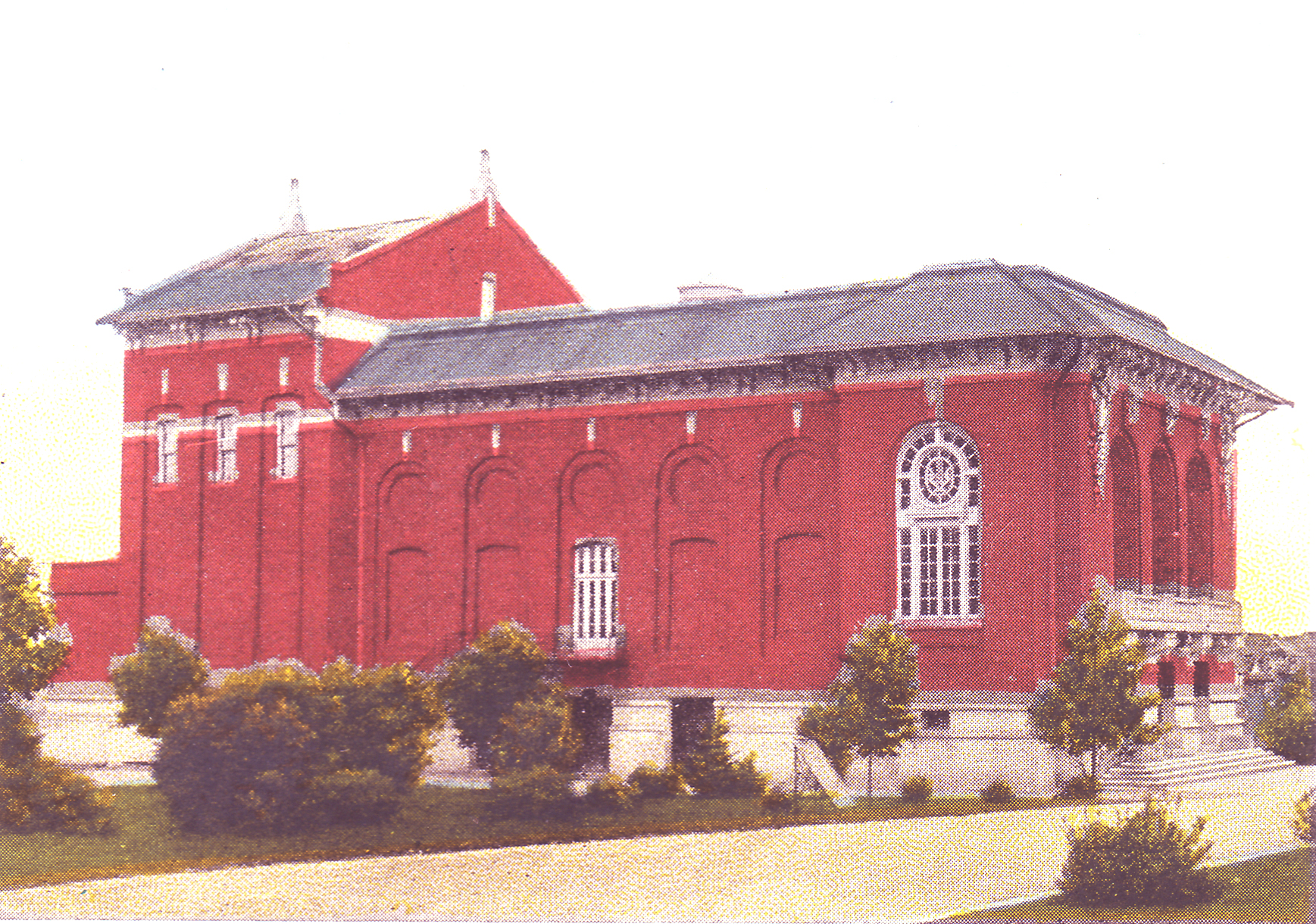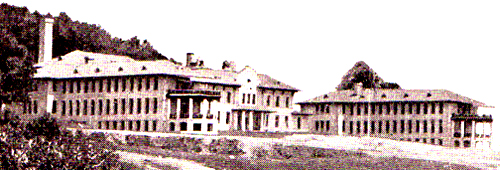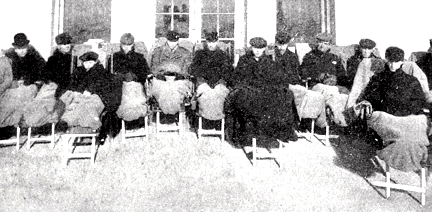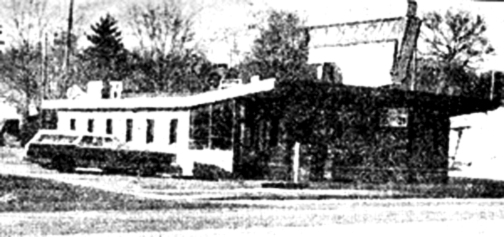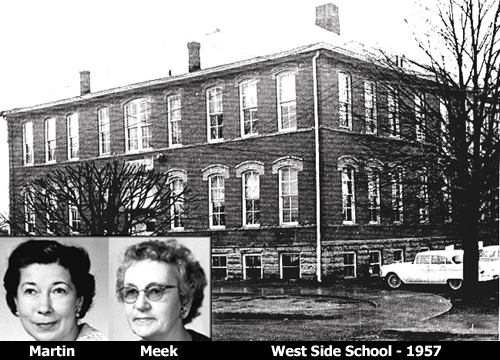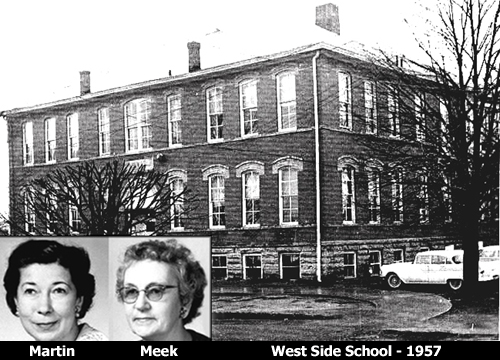A yellowed-with-age April 15, 1960 12-page Boones Creek High School publication, “Bar Tracks,” offers an interesting peek into student life of almost a half century ago.
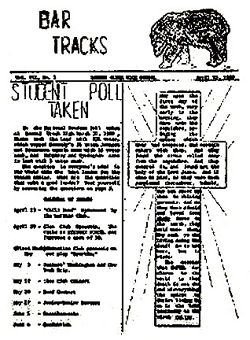
The newspaper staff included Ronnie Hale (Editor), Charlotte Fitzgerald (Co-Editor), Bob Qualls (Art), Johnny Utsman (Sports) and Geraldine Hawkins (Business Manager). Richard Nixon won a student poll for the upcoming presidential election with 251 votes compared to John Kennedy’s 38 votes.
A student calendar showed future events for the school: April 23- “Chili Feed” sponsored by the Ruritan Club; April 29- Glee Club Operetta, “Stephen Foster,” comprised of 50 students; May 9, Senior Trip to Washington and New York; May 19, Glee Club Concert; May 20, Band Concert; May 27, Junior-Senior Banquet; June 5, Baccalaureate Service; and June 6, Graduation.
The forthcoming Easter holiday season was noted with a hand-drawn sketch of a cross containing the first six verses of Luke 24. Bobby Rowe received a plaque and gold pin for winning an essay contest with a spiritual entry titled “My True Security.”
Under the heading, “Seniors Are Strange Creatures,” a senior was defined as “that enviable person who, after 11 years of carrying textbooks back and forth between home and school, still hasn’t learned how to open one.”
The Honor Roll was announced with 47 students receiving first honors and 55 with second. The student government held a meeting on April 20, 1960 in county offices at Jonesboro.
Martha Lee Cash previewed the approaching senior bus trip and concluded with a plea to teachers: “The tired but happy vagabonds will return home after a very full five days and four nights. So teachers, please be considerate of the sleeping seniors on Monday who are present only in body, not in spirit.”
A tally of seniors revealed 29 of them planning to attend college after graduation: East Tennessee State College, 19; Milligan College, 3; University of Tennessee, 3; and (Johnson City) Business College, 4. Four students had plans to enter military service.
Fourteen students applied for positions within the FBI after a representative spoke at the school. Annual starting salaries were $3400 for clerical work, $3500 for typists and $3600 for secretaries.
The Editorial Club visited the Johnson City Press-Chronicle on March 18 and toured three departments – Presto Engraving, News and Advertising. Students observed type being set on plates from which the first impression was obtained. They also saw messages being received on Teletype machines.
Larry Reid returned from Nashville from the 4-H Club Congress comprised of about 600 representatives. The clubber showed an 883-pound grand champion Angus steer in the East Tennessee Fat Cattle Show.
The Bars’ 12-game baseball schedule included games with Unaka, Jonesboro, Fall Branch, Hampton, Washington College, Training School, Happy Valley, Sulphur Springs and Lamar.
Phyllis Bledsoe expressed her feelings about graduation in a moving six-verse poem, “Within These Walls,” that concluded with these words: “Within these walls, I learned to laugh, Within these walls, to cry. I was happier here that I’ve ever been. I have to say goodbye. As I go out to lead my life, With all its bumps and falls, I’ll ne’re forget the things I’ve learned, Within these hallowed halls.”
Thank you, Boones Creek seniors of 1960, for leaving some of your “Bar Tracks” behind for us to read almost 50 years later.


